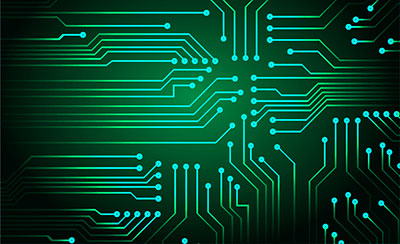In the beginning, there was only a classic PCB board. However, technology has reached a new level during this time. You can now choose between different types of PCBs.
Apart from the “standard” unit, you can also pick an HDI printed circuit board. Do you know the difference between the HDI PCB and PCB board?
If the answer is no, don’t worry – we will explain it. Please keep reading to learn everything you need to know about ordinary and HDI boards and discover their differences!
Contents
- 1 1. The Basic Overview of the Pcb Board
- 2 2. HDI PCB – What You Should Know About It?
- 3 3. HDI and Pcb Board Density Difference
- 4 4. Is HDI PCB More Advanced in Construction Technology?
- 5 5. What is the Main Difference Between HDI Boards and Pcb Board?
- 6 6. Is HDI PCBs Smaller Than Pcb Board?
- 7 7. Are HDI Boards More Expensive Than Pcb Board?
- 8 Conclusion
1. The Basic Overview of the Pcb Board
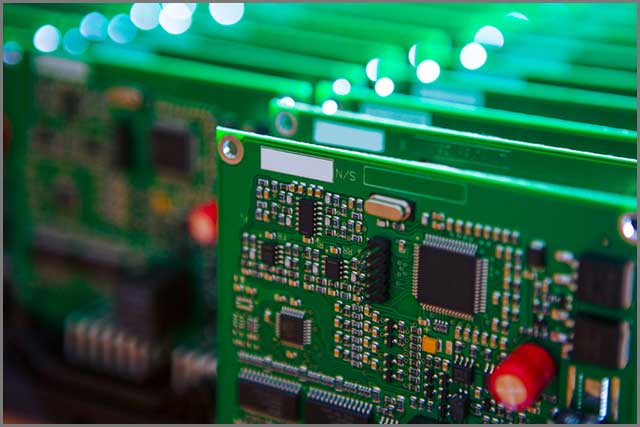
You probably know the basics, but a reminder never hurts. A printed circuit board or PCB is an electronic product component that connects other parts using pads and lines.
This board’s history dates back to 1936, when the first printed circuit design. However, it was several decades later when PCBs took off, and they have become trendy in the last 20 years. The reason is that the use of technology in all areas of our lives is increasing. Also increases the demand for printed circuit boards.
The primary approach is to solder the components on the board and connect them to perform together and be used to run an electronic product.
Today, we have different types of printed circuit boards available. Apart from the standard rigid ones, we have flexible PCBs, which can better fit tight spaces and accommodate the needs of small-sized products. Some applications also require a mix of rigid and flexible methods. It is also the method many manufacturers use to optimize the performance and cost of their boards.
Printed circuit boards can be single-layer PCBs, but they can also have multiple layers. The most common layers are anywhere from two to 12, and you will rarely see more complex designs in customary units.
2. HDI PCB – What You Should Know About It?
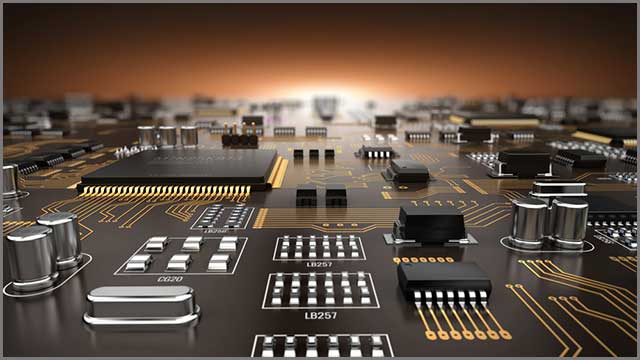
Yes, the entire name is an abbreviation. If we tell you that HDI PCB is a high-density interconnect printed circuit board. You will understand everything correctly.
The name also suggests its primary feature – the high density of the wiring on the PCB. That characteristic was made possible only two decades ago when the technology progressed enough to facilitate an HDI PCB.
Although the experts consider there is still much room to improve, HDI PCBs are already incredibly popular. The main reason is that they present a step forward compared to the ordinary units. That means they can facilitate transmission at extremely high frequencies, optimize unnecessary radiation, and bring many other benefits.
The high density means that you can fit plenty of components on a single board ( even both their sides if necessary).
3. HDI and Pcb Board Density Difference
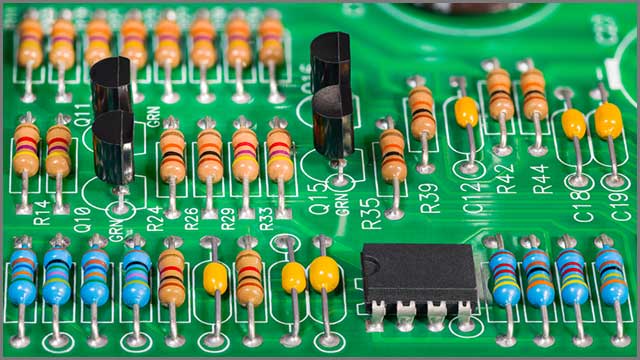
The most apparent difference between the two board types lies in circuit density. If you are making an ordinary board, you will use the through-hole method to connect the components to the board itself. That will require a significant amount of space to ensure everything works flawlessly.
Although the industry used that approach for a long time, HDI boards implemented a significant change. They began utilizing the micropore technology, which was quickly adopted by companies worldwide.
The technology involves using microvias as connectors. These microvias serve as a way of directly connecting layers of leads and pads, which will allow a higher density of the board. That way, they enable the manufacturers to hide the wiring to the next layer.
Thanks to this high density, HDI boards have a vast range of potential applications. Companies have started preferring them for compact-sized and mobile products like tablets and smartphones and small items like specific medical devices.
4. Is HDI PCB More Advanced in Construction Technology?
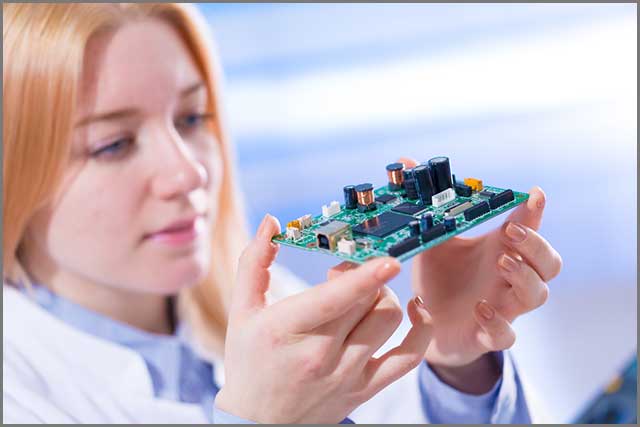
The best way to understand something is to know more about how it works. When it comes to the construction technology of a pcb board, you should know that they use drilling methods during the process.
The mechanical drilling and the through-hole approach often do not accommodate small components that many electronic items require on the circuit. The industry needed a new approach, and it came in the form of the micropore HDI technology.
The new approach gives more freedom in designing the board because it enables different HD IC construction technologies. All of these have many benefits, including improved board performance and longer life.
5. What is the Main Difference Between HDI Boards and Pcb Board?
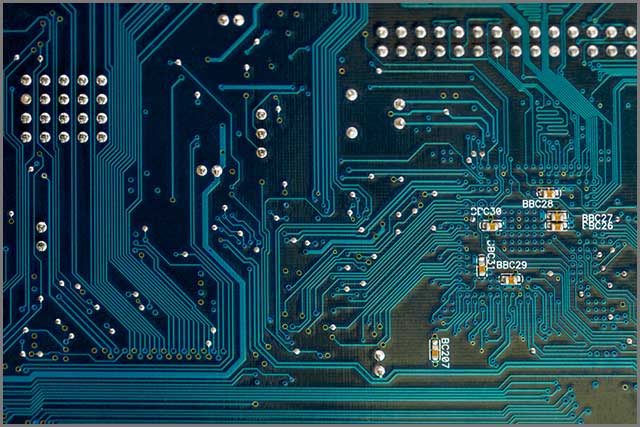
The short answer is yes, but you may want to continue reading for an explanation. We already mentioned the critical difference between the HDI board and pcb board is in using micropore connections.
As the word suggests, micropores are tiny, which enables many benefits. For starters, there is more space during the design of the PCB. Next, it improves the anti-interference performance. Finally, the designers can also reduce the capacitance and inductance effects as long as they are experts at their job.
That is why it is essential to work with a reliable manufacturer when ordering printed circuit boards. WellPCB is a company that employs engineers with years of experience and the most extensive knowledge of the industry. That is what enables them to answer any demand the clients may have for their boards.
If you are looking to reduce the exchange noise when transmitting the signal to the minimum, you should always work with trustworthy designers and assembly experts. That way, you will ensure extremely accurate signal transmission, and that will contribute to the overall performance and reliability of your PCB.
6. Is HDI PCBs Smaller Than Pcb Board?
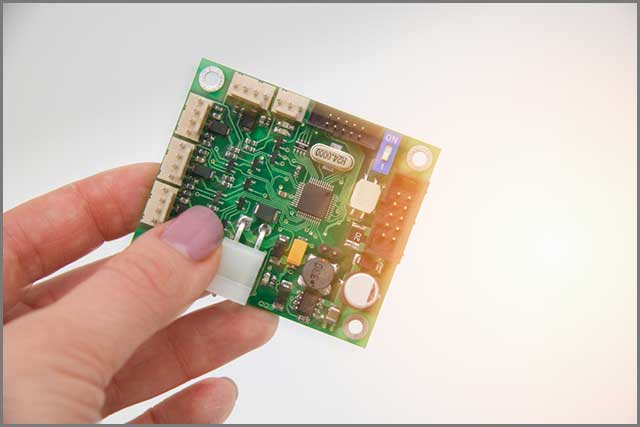
The actual size of every printed circuit board depends on the application’s needs. However, the objective of a high-density PCB is to minimize the board’s scope as much as possible.
As the specific way of designing the PCB allows multiple fitting components in a small space, the total size of an HDI PCB should be lower than the ordinary one.
Another essential advantage of a high-density board is that you can place components on both sides. Thanks to that difference, you can use significantly less space while fitting a large number of elements.
As time goes, the industries themselves show the need for compact-sized printed circuit boards. You have numerous applications where there is a definite requirement for both thin and small PCBs. Smartphones might be the best example of that.
That is why we should expect for HDI PCB industry to continue working on techniques that could further reduce the size of the boards. It is safe to say that this is not the peak of HDI technology. We are looking forward to innovative solutions that will make an even more difference between HDI and ordinary boards.
7. Are HDI Boards More Expensive Than Pcb Board?
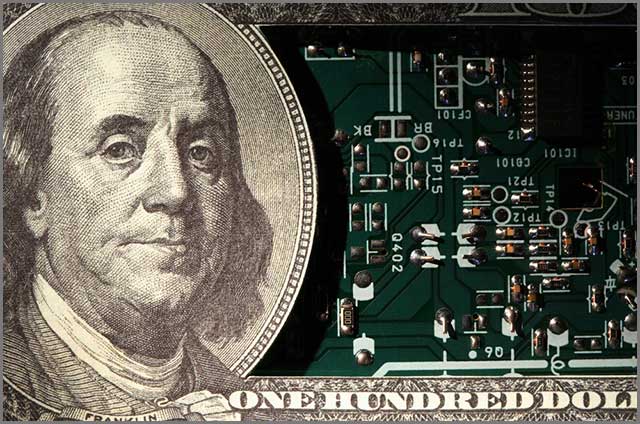
High-Density boards use both more advanced techniques and machines than conventional PCBs. That would immediately lead you to think that they are more expensive than their standard counterparts.
While that is theoretically true, it comes with a twist. You already know that HDI PCBs look to fit as many components as possible in a tight space. Thanks to that, they use fewer materials, which should lead to individual savings.
7.1. Who Has a Better Cost-Benefit Ratio?
That is an interesting issue to discuss as it all depends on how you want to look at things. If you are looking for the most affordable option, a simple PCB board is the way to go. Please do not doubt that they would cost you less than HDI boards initially.
The problem lies in performance and durability. For starters, a poor-quality ordinary board cannot last as long as a durable and optimally built HDI PCB. Also, if you are looking for consistent performance at a top level, you want to go with high-density boards.
The point is that HDI boards may have a better cost-benefit ratio than ordinary units. You may pay them more initially, but you will end up having a PCB that will be high-performing and reliable. On top of that, you will maximize its lifespan, which means there will be no need for new boards anytime soon. As long as you ensure optimal design and assembly, they can be a real long-term investment.
Conclusion
That rounds up our comparison, and we hope you now know the difference between the HDI board and the pcb board.
Ultimately, it seems clear that the HDI board will dominate the market in the coming years. While that doesn’t mean no one will use conventional PCBs, it is evident that the major companies and industries are welcoming HDI technology.
When choosing the right unit for you, it is always vital to consider the application and expectations. You want to get the correct type of PCB and meet your product and the customers’ needs.
